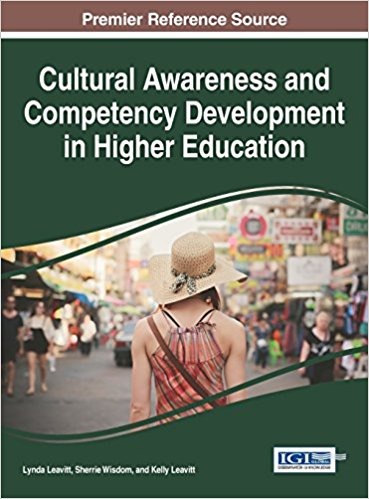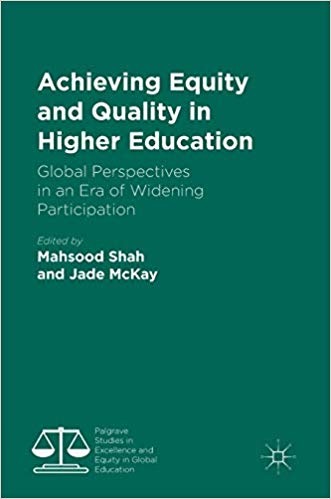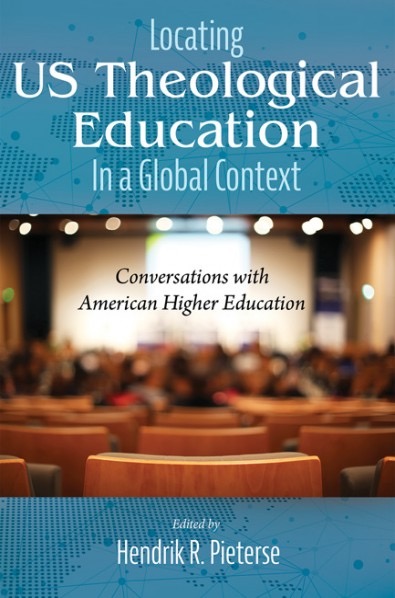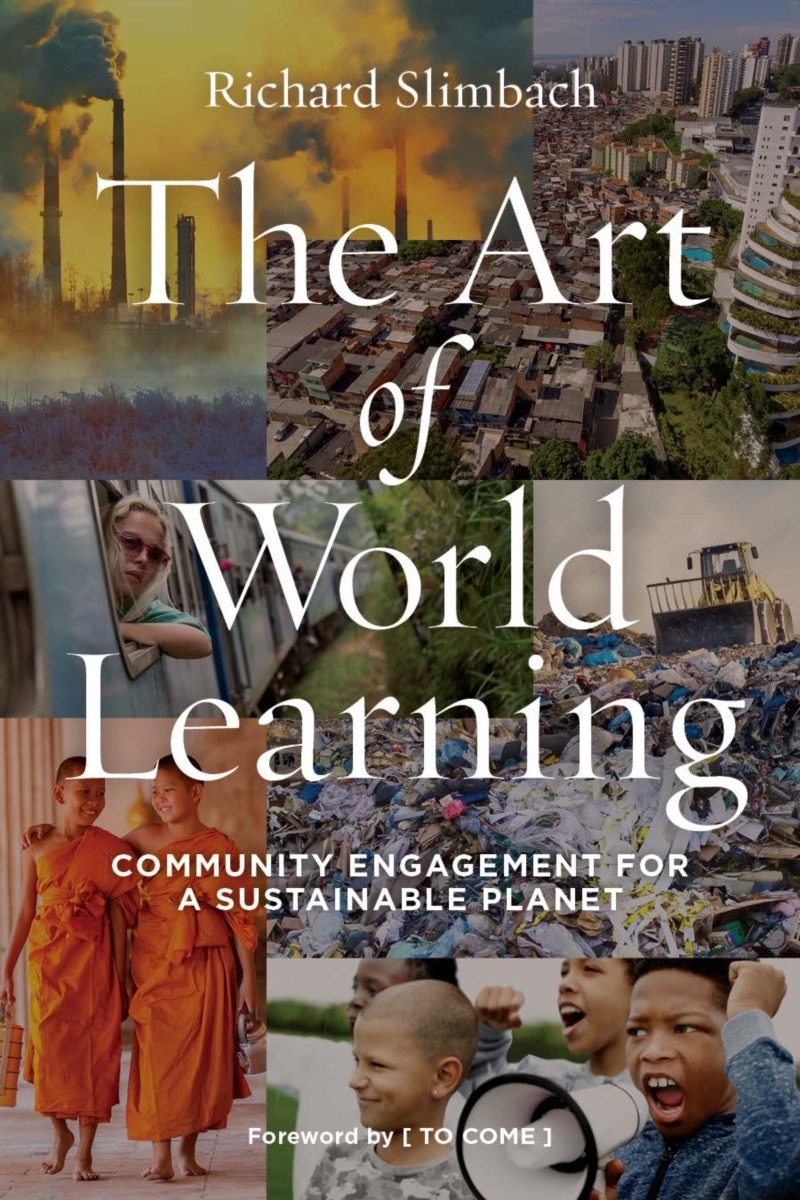global education
Select an item by clicking its checkbox
Date Reviewed: August 21, 2020
Across the world, higher education is witnessing exponential growth in both student participation and types of educational providers. One key phenomenon of this growth is an increase in student diversity: governments are widening access to higher education for students from traditionally underrepresented groups. However, this raises questions about whether this rapid growth may in face compromise academic quality. This book presents case studies of how higher education institutions in diverse countries are maintaining academic excellence while increasing the access and participation of students from historically underrepresented backgrounds. Including case studies spanning four continents, the authors and editors examine whether increasing widening participation positively impacts upon academic quality. This volume will be of interest and value to students and scholars of global higher education, representation and participation in education, and quality in higher education. (From the Publisher)
Date Reviewed: June 17, 2021
Date Reviewed: June 22, 2021
As we ask students to truly comprehend this world from the privileged perspective ...
As we ask students to truly comprehend this world from the privileged perspective of the global North, Rich Slimbach asks us to consider two fundamental questions: What and how should we learn? And having learned, for what should we use what we know?
A panoply of pedagogies and methods of inquiry – from study away/abroad and service-based learning to diversity programming, environmental education, and community-based research – aim to develop students who both understand the challenges faced by global communities and act in ways that advance their social and environmental health. What temperaments, social habits, and intellectual abilities will they need to help heal their corner of creation? And what pedagogical perspectives, principles, and procedures can best support them in this creative challenge?
Rich Slimbach argues that transforming student consciousness and life choices requires a global learning curriculum that integrates multi-disciplinary inquiry into the structural causes of problems that riddle the common good, along with mechanisms that bid students to cross borders, to pay attention, and to listen to those unlike themselves.
At its heart, this book proposes a truly transformative approach to community-engaged global learning. (From the Publisher)

Cultural Awareness and Competency Development in Higher Education
Date Reviewed: October 29, 2018
This multidisciplinary compilation covers the vast and varied landscape of culturally-aware curriculum and global competence initiatives currently being implemented worldwide by institutions of higher education. With authors hailing from the US, Australia, Canada, Spain, Turkey, the Czech Republic, and the UK, this text is truly global. Despite the multitude of topics, populations, and programs, the universal theme running through each chapter is globalization. Whether the contributor’s focus is on the historical genealogy of a loaded term such as “culture” and the exploration of its uses and misuses, or a call for global competency for students being trained in construction, the combined goal of the text is to encourage those in higher education to push for a culturally-aware curriculum focused on equity and respect and to provide their students with the tools they need to thrive in a global marketplace. There is a myriad of ways to meet these goals; this text itself is a testament to the variety of methodologies and practices currently set up to meet said goals.
Changing racial demographics, especially in the US, are highlighted in multiple chapters as one of the many reasons American college students need cultural awareness and competency development programs. With Hispanics now constituting the largest minority population in American colleges at 17 percent , institutions of higher education are feeling the effects of changing populations (112). By 2060, “57 percent of the total population will be from minority groups” (238). More international students are studying in the US, many coming from countries where English is not the official language (“58 percent from China, India, South Korea, and Saudi Arabia”) (24). In the 2014/15 academic school year, “Chinese students made up more than 31 percent of all international students” (309). Not only do international students, as well as international teachers, face linguistic challenges but many come to the US with differing understandings regarding classroom etiquette and cultural norms. Hence, no matter if students are studying abroad, engaging with international students or teachers in their home country, or are themselves from minority groups, globalization affects higher education on many levels.
Global education is not limited to study abroad programs and studying abroad does not necessarily result in changed perspectives. As David Starr-Glass notes, one must keep in mind that “student mobility is only a structure” and that “what can lead to a change in student perception and sensitivity, lies not in the structural aspects per se, but in the teaching and learning content of these experiences” (311). According to the volume’s editors, global education leading to cultural competence is ongoing through “interactions with an international student body, study abroad experience, or with technology in which students from different cultures are afforded the opportunity to exchange ideas” (xxi). Chapters featured in this volume focus on particular programs, initiatives, and case studies regarding implementation (dual-language, study abroad, on-campus activities), specific student populations (international, STEM, future educators, and construction professionals), and significant related topics (White Privilege, social justice, civic responsibility).
Although global education might often be regarded as relating to external forces, many of the practices developed to increase students’ global competencies and cultural awareness start internally. As the authors of the chapter “Developing Social Justice and Inclusion Competencies” note, courses utilizing self-reflection, “require students to identify and make meaning of their multiple and intersecting social identities” (79). This self-reflective practice is also vital for professionals working in institutions of higher education. Global education demands not only openness to learn about and learn from others, it also requires, as many of these contributors illustrate, students, staff, and faculty to reflect on their own assumptions and experiences.
As an academic advisor for foreign language programs at the University of Georgia and a former instructor of religious studies, reflecting on this resource in all of its multidisciplinary and multicultural glory gives me confidence in the efforts being made to educate college students not just according to educational and professional standards but also with the intent to teach them cultural humility. Even critiques of the current models and ethos around global citizenship found in this volume exemplify the thoughtful consideration going into this research. This compendium is an excellent resource for anyone invested in higher education, especially those working to encourage global citizenship among college students.


